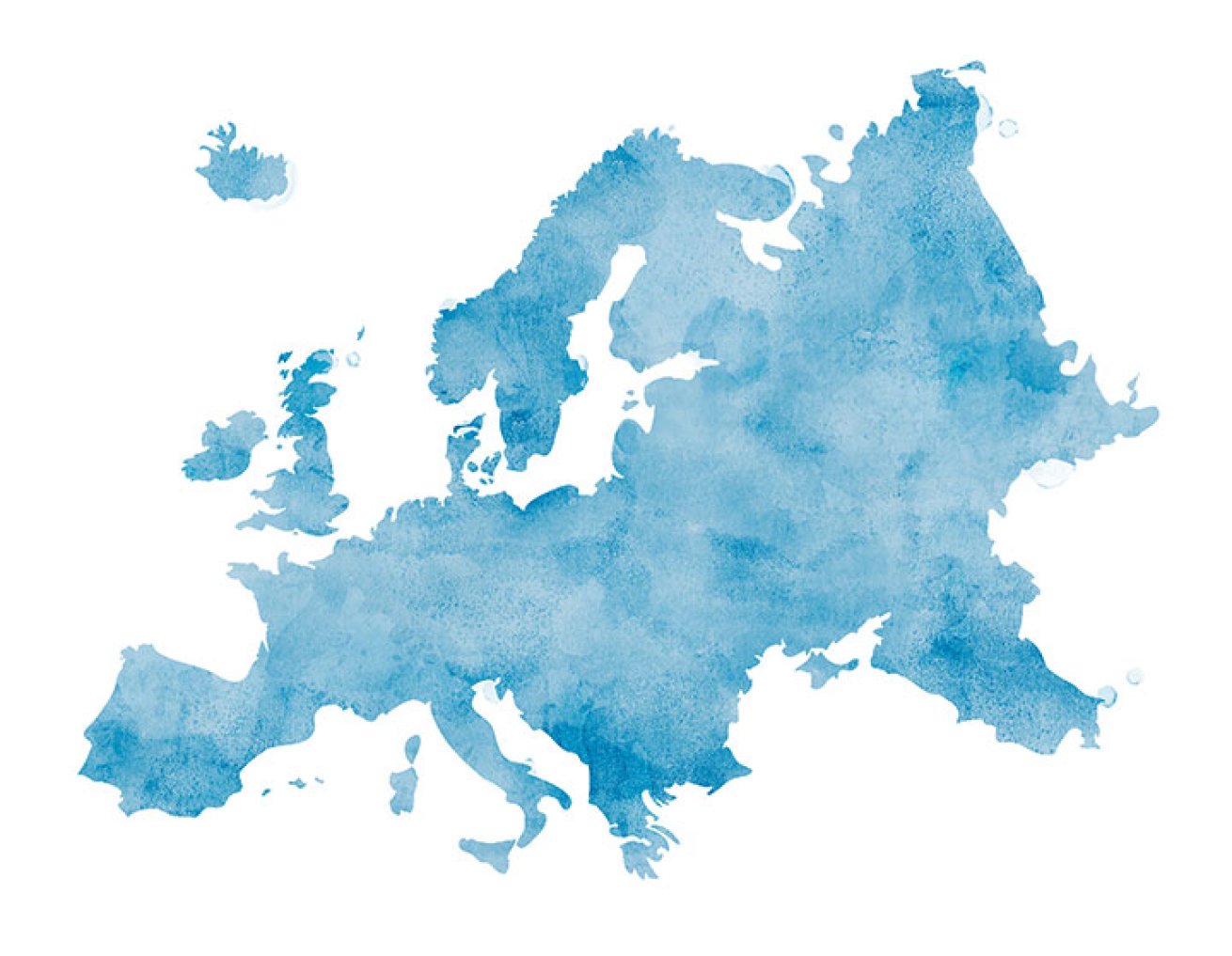The project adopts various methods in the different stages of the research (see the figure), which we will briefly explain on this page.
Research approach
A brief explanation of the methods used in the project
Research approach


European survey
A large-scale, cross-national survey will be administered in five European countries, which were selected considering the diversity in social cohesion regimes present in Europe (Dragolov et al. 2016; Green and Janmaat 2011). The selected countries are Hungary, the Netherlands, Poland, Switzerland, and Sweden. These countries vary in their levels of inequality, diversity, and polarisation, as well as in their norms and institutions (e.g., welfare state regimes; Esping-Andersen 1999; Ferrera and Rhodes 2000). Consequently, we can expect the countries to differ in how much they present cleavages in socialisation patterns. Also, each of the countries has excellent population statistics, which are needed for the survey. For all countries, a nationally representative sample of the general population will be drawn of 1,500 people per country (so 7,500 in total). An international survey center will be subcontracted to administer the survey via computer-assisted personal interviews (CAPI) of approximately an hour. The questionnaire is about social cohesion, social relationships, and individual characteristics.
The data will be analyzed statistically and they will also be used to simulate society-wide networks of the populations based on the survey statistics. For this aim, we construct a population with the size of the national population (or scaled down), and assign attributes to the nodes (citizenship, social class, religion, political orientation) in the proportions and with the degree of intersectionality present in the population, according to population statistics. We then specify a graph generating model (e.g., based on an Exponential Random Graph Model; see Leskovec et al. 2010; Smith and Burow 2018) to generate a network structure consistent with what we observed in the survey, i.e., based on the degree distributions, the network heterogeneity and structural parameters found in the survey. With this model, the network structure can be simulated, maintaining only the models that have a good level of fit with the parameters extracted from the survey (cf. Leskovec et al. 2010; Smith and Burow 2018). By running this simulation many times, we can explore the variation in macro-level structures consistent with the parameters to evaluate macro-level patterns in more detail
Do you participate in the survey?
Check out our page "Are you a participant" to understand better what participation entails.
Interviews
To study the connection between social networks and subjective expressions of cohesion in more depth and explore any puzzling results from the survey, we will conduct qualitative follow-up interviews with a selection of 60 respondents. Among the respondents who consent to being contacted for a follow-up interview, we will select participants based on the qualitative principle of intensity sampling (Patton 1990): we primarily seek out cases representing diverse values of network homogeneity (high, average, and low) and diverse network constellations. We may also include cases with unusual values of network size (“hubs” and peripheral actors) and typical and deviant cases in terms of the associations between network heterogeneity and subjective manifestations. Geography may further guide case selection (we intend to contact participants of all countries, but within each country, we may select participants concentrated in certain areas, if possible, to reduce traveling. Exceptionally, we may also use videoconferencing tools). The sample is not representative because we do not aim to infer attributes to the population. Rather, we try to understand in more depth how network mechanisms work in practice (i.e., logical inference; Small 2009), revealing respondents’ (1) temporal processes, (2) cognitive perceptions, and (3) the role of settings (Lubbers, Molina, & McCarty 2020), against the background of the collected data. The selection of participants and interview themes will partly depend on the preliminary survey results, to leave room for surprising results to be explored.
How does it work?
We will invite some survey respondents to participate in a much more conversational follow-up interview. The interviews will be audiotaped with the respondents' consent and transcribed verbatim for further qualitative analysis. The transcriptions will be anonymized.


Agent-based modeling
We will use the data about participants' networks to examine the causal mechanisms that relate the network structures with the subjective manifestations of cohesion. In this case, we use a method called agent-based modelling and simulation, that give a dynamic modeling of these networks, using the data and theories. We will, at least initially, maintain the network topology constant (a realistic assumption for acquaintanceship networks in the medium time range). Relationship attributes can be dynamic, such as tie strength and knowledge of network members’ attributes. Based on our theoretical model, our survey estimates for associations, and potentially the results from the qualitative interviews regarding temporal processes, cognitive perceptions, and settings, we can study how the network configurations are associated with subjective manifestations of cohesion. We can validate the models with the survey data regarding tolerance, trust, and policy preferences (which have not been used for parametrisation). Note that we can formulate a more classical social influence model for political orientation. If the models reach a good fit, we can alter parameter values to explore their impact on the outcomes further. We can incorporate theoretical propositions for which we do not have data in the survey, for instance, regarding the time spent in different social settings and whom people meet there (Gershuny and Sullivan 2019), to model social influence.

